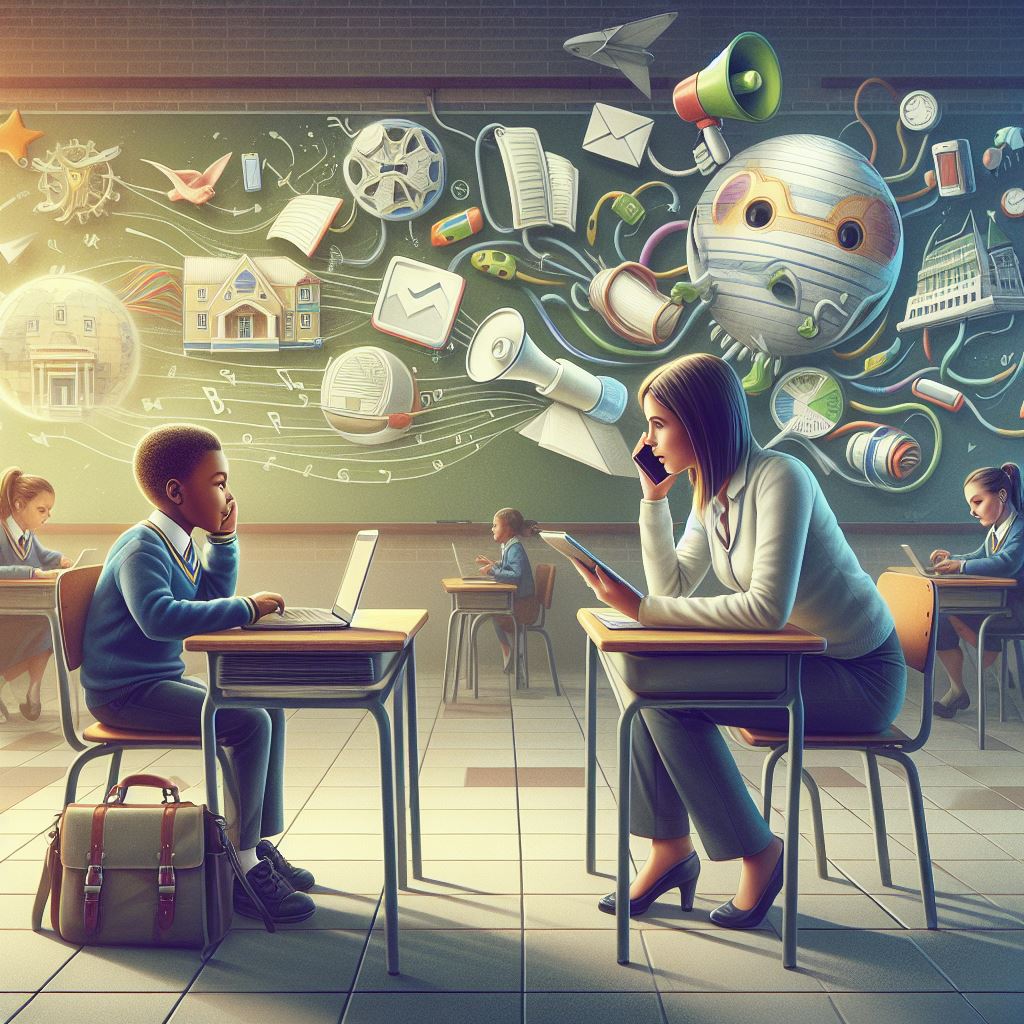In South Africa, as in many parts of the world, education is a critical component of societal development and individual empowerment. Within the diverse landscape of learners in South Africa, there exists a subset who thrive best through hands-on experiences. These learners possess distinct characteristics that distinguish them from their peers, who may excel in different learning environments. Understanding these characteristics is essential for educators and policymakers to tailor educational approaches that cater to the diverse needs of learners. In this exploration, we list two characteristics of a learner that learns best through hands on experiences while they learn.

1. Kinesthetic Learning Preference
One prominent characteristic of learners who thrive through hands-on experiences is their preference for kinesthetic learning. Kinesthetic learners are those who absorb information best when actively engaging their bodies and senses in the learning process. In South Africa, where educational disparities are prevalent and resources may be limited in certain communities, kinesthetic learning offers a practical and accessible avenue for knowledge acquisition.
Kinesthetic Learning in Practice
In South African classrooms, kinesthetic learning manifests in various ways. Teachers incorporate activities such as role-playing, experiments, and interactive simulations to actively engage students in the learning process. For example, in science classes, students may conduct experiments to understand scientific principles, while in history classes, they may enact historical events to grasp their significance more deeply.
Furthermore, extracurricular activities play a vital role in catering to kinesthetic learners. Sports, arts, and vocational training provide avenues for hands-on exploration and skill development outside the traditional classroom setting. These activities not only complement academic learning but also foster holistic development by nurturing creativity, teamwork, and problem-solving skills.
2. Experiential Learning Engagement
Another characteristic exhibited by learners who excel through hands-on experiences is their propensity for experiential learning engagement. Experiential learning emphasizes the importance of direct experience in the learning process, enabling students to connect theoretical knowledge with real-world applications. In the South African context, where contextual relevance is crucial for meaningful learning outcomes, experiential learning holds particular significance.
Experiential Learning Initiatives
South Africa’s rich cultural heritage and diverse ecosystems offer abundant opportunities for experiential learning initiatives. Educational outings to museums, historical sites, and nature reserves provide students with immersive experiences that deepen their understanding of various subjects. For instance, a visit to the Apartheid Museum in Johannesburg offers students a firsthand glimpse into South Africa’s complex history of apartheid, fostering empathy and critical reflection.
Moreover, community-based projects and service-learning initiatives enable students to apply classroom knowledge to address real-world challenges in their local contexts. Whether it involves environmental conservation efforts, community development projects, or healthcare outreach programs, these experiential learning opportunities empower students to become active contributors to society while honing their skills and knowledge.
Conclusion
In conclusion, learners who learn best through hands-on experiences exhibit distinct characteristics that set them apart in the educational landscape of South Africa. Their preference for kinesthetic learning and engagement in experiential learning initiatives underscores the importance of active participation and real-world application in the learning process. By recognizing and harnessing these characteristics, educators and policymakers can create learning environments that cater to the diverse needs of South African learners, ultimately fostering holistic development and empowering the next generation to thrive in an ever-changing world.
